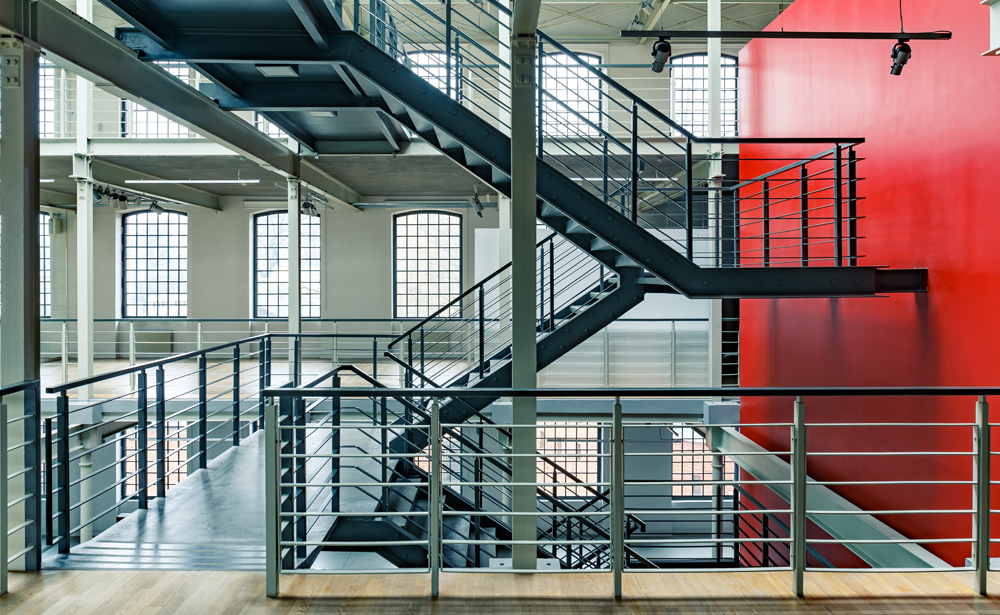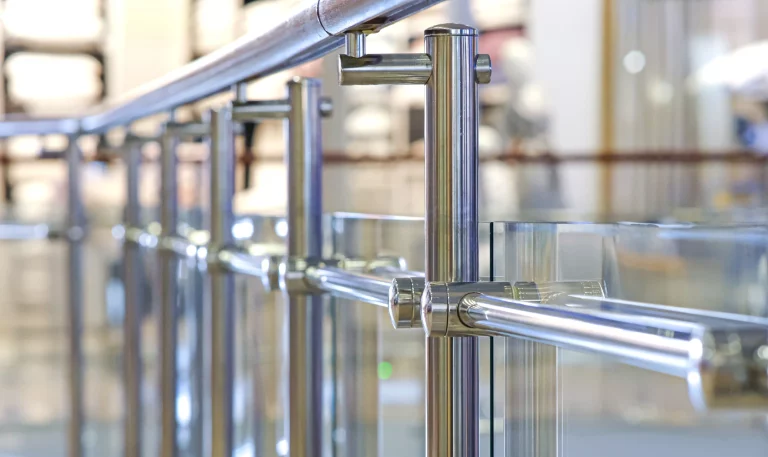The art and science of laser cut architectural metal designs have transformed the landscape of modern architecture. This technique is not only a testament to technological advancement but also an embodiment of creativity and precision. As we delve into this fascinating subject, well explore how these designs are reshaping the world around us.

Introduction to Laser Cut Designs
In recent years, the use of laser cut architectural metal designs has skyrocketed. Architects and designers are increasingly turning to this method to create stunning, intricate patterns that stand the test of time. The precision offered by laser cutting technology allows for the creation of complex designs that were previously unimaginable.
The Technology Behind Laser Cutting
Laser cutting is a technology that uses a laser to cut materials, and is typically used for industrial manufacturing applications. It works by directing the output of a high-power laser most commonly through optics. The laser beam is focused on the material, which then melts, burns, vaporizes away, or is blown away by a jet of gas, leaving an edge with a high-quality surface finish.
Advantages of Laser Cutting
The advantages of using laser cutting in architectural designs are numerous. It provides unparalleled precision, allowing for the creation of intricate patterns and designs. Additionally, it is incredibly efficient, reducing the time and cost associated with traditional cutting methods. Not to mention, it is eco-friendly, generating less waste and utilizing materials more effectively.
Applications in Modern Architecture
The applications of laser cut architectural metal designs in modern architecture are vast. From decorative facades to functional elements such as railings and screens, the possibilities are endless. These designs can be tailored to meet the specific needs of a project, offering both aesthetic appeal and structural integrity.
Innovative Facades and Claddings
One of the most popular uses of laser cutting in architecture is in the creation of innovative facades and claddings. These elements serve as the first impression of a building, and laser cutting allows for the creation of unique, eye-catching designs that set a structure apart.
Functional Architectural Elements
Beyond aesthetics, laser cut designs are used in functional architectural elements such as staircases, railings, and screens. These elements not only enhance the visual appeal of a space but also provide practical benefits such as privacy and security.
Design Flexibility and Customization
One of the most significant benefits of laser cutting is its flexibility and customization options. Architects can work closely with manufacturers to create bespoke designs that align with their vision. This level of customization is particularly beneficial in projects that require a unique, personal touch.
Collaborating with Manufacturers
Choosing the right fabrication partner is crucial. Working with experienced professionals ensures that the designs are executed flawlessly. For more information, check out this guide on selecting an architectural metal fabricator.
Durability and Sustainability
Metal is known for its durability, and when combined with the precision of laser cutting, it becomes an even more attractive option for architects. These designs are built to last, providing long-term value for buildings. Additionally, the use of metal is aligned with sustainability goals, as it is a recyclable material.
Eco-Friendly Benefits
The environmental benefits of using metal in architecture are significant. Not only is it recyclable, but the precision of laser cutting also minimizes waste, making it an eco-friendly choice for modern construction projects.
The Future of Architectural Metal Designs
As technology continues to advance, the potential for laser cut architectural metal designs is limitless. Future innovations will likely focus on improving efficiency and expanding the range of materials that can be used. This will open up new possibilities for architects and designers, allowing them to push the boundaries of what is possible.
Emerging Trends
Emerging trends in architectural metal designs include the use of new materials and techniques to create even more innovative and sustainable designs. As the industry evolves, we can expect to see even more creative applications of laser cutting technology.
Conclusion
In conclusion, laser cut architectural metal designs are a testament to the power of technology and creativity. They offer architects and designers the tools they need to create stunning, sustainable, and functional structures. As the industry continues to evolve, the possibilities for these designs are endless.

FAQs
What are the benefits of using laser cut designs in architecture?
The benefits include precision, efficiency, customization, durability, and eco-friendliness.
How do laser cut designs contribute to sustainability?
These designs minimize waste and use recyclable materials, aligning with sustainability goals.
What are some popular applications of laser cut designs in architecture?
Popular applications include facades, claddings, staircases, railings, and decorative screens.
This article contains affiliate links. We may earn a commission at no extra cost to you.

